When Precision Meets Production: AI in the CGT Manufacturing Lifecycle
From lab to life, the path of cell and gene therapies is filled with innovation—and complexity. As the demand grows, smarter, data-driven manufacturing becomes critical. Discover how AI and analytics are transforming CGT production by reducing errors, streamlining workflows, and making life-changing therapies more accessible.
Cell and gene therapies (CGTs) are among the most promising innovations in modern medicine. They hold the potential to treat and, in some cases, even cure conditions that were once considered untreatable. But while science is groundbreaking, the manufacturing side of things is often slow, expensive, and complex. Managing these will play an important part in ensuring that these complex but groundbreaking therapies are accessible to wider patient populations.
Understanding the CGT Manufacturing Landscape
Gene therapy uses genes to treat, prevent or cure disease by adding or replacing copies of a defective or missing gene. Cell therapy involves the transfer of cells to treat, prevent or cure disease. Cell and gene therapy manufacturing can be complex.
As an example, the steps involved in manufacturing gene therapy using an AAV platform are as follows:
- Expanding the pool of cells
- Transfecting the cells
- Breaking open the cells and harvesting the AAV gene therapy vectors
- Filtering and separating the AAV therapy vectors from the other unwanted components
- Fill and finish
- Storage and distribution
- Viral vectors administered to the patient and taken up by cells.
Cell therapies can be autologous (from the patient’s own tissues) or allogeneic (from a donor). The cells are removed, the required cells are isolated and expanded, and then the treatment is administered. Autologous cell therapies are fully personalized and made to order for a single individual, whereas allogeneic cell therapies are made for a larger population. In gene-modified cell therapy (also known as ex vivo gene therapy), which combines cell and gene therapy, cells are removed from the patient, treated with viral vectors, expanded and characterized, and then returned to the patient.
The Manufacturing Challenge
One of the biggest hurdles in cell and gene therapy manufacturing is the high risk of batch failures. Batch failures in manufacturing increase the final cost of cell and gene therapies and lead to delays in getting treatments to often critically ill patients. These can be caused by human error, as well as by variations in cells, media and other raw materials. Scale up can also be a stumbling block, as cells may not act the same in a large-scale bioreactor as in a bench-scale set up.
One of the routes to optimizing drug manufacturing is automation. It reduces the risk of human error (and thereby improves consistency and accuracy), frees up skilled staff for higher value tasks, allows manufacturers to build monitoring in through the entire workflow, minimizes delays and reduces waste. But automation isn’t a magic fix—especially in this space. It relies heavily on standardization, and that’s still a work in progress and there is still a lack of standards and guidelines for cell and gene therapy manufacturing.
The challenge becomes even more pronounced when dealing with autologous cell therapies. As they are created individually, an individual bioreactor is required for each treatment, the options for automation are limited and there are no economies of scale. Strategic and business planning is also harder with therapies created for individuals.
Bringing AI into the Manufacturing Mix
As with many issues in therapeutics research and development, the solution to some of the bottlenecks in cell and gene therapy manufacturing is better access to information and data analytics to improve decision making. For instance, placing biosensors throughout the production workflow can generate a lot of real-time data. While the volume of data produced by these sensors is difficult to assess manually, advanced analytics and machine learning help to create the best and most efficient conditions for cell culture, cutting the cost of media and other raw materials and reducing the risk of batch loss. Where systems have not been automated and digitized, AI-based technologies can harvest and integrate information from written records.
Our data analytics services can help you to bring together disparate sources of data from all areas of your cell and gene therapy development, along with information from the literature, to refine your production process and better manage the consistency and accuracy of your output.
Cell and gene therapies must comply with high quality and safety standards, especially when they are used in seriously ill patients. Our Data Observability Agent can detect and resolve data anomalies in near real time, allowing you to manage and correct any issues in the production process as quickly as possible. This could help to reduce the risk of errors and lost batches and cut delays. The Insights Generation Agent seamlessly integrates data from a wide range of sources, and the Content Generation Agent creates tailored content that meets the requirements of regulatory authorities and keeps all teams up to date on processes and protocols.
By improving the production process and reducing the costs, the implementation of AI and data analytics can increase the numbers of patients that can access cell and gene therapy and increase the number of disease areas that it can treat. As well as improving patient outcomes and quality of life, this can also increase companies’ returns on investment.
To find out more, visit www.agilisium.com or send us an email at sales@agilisium.com.








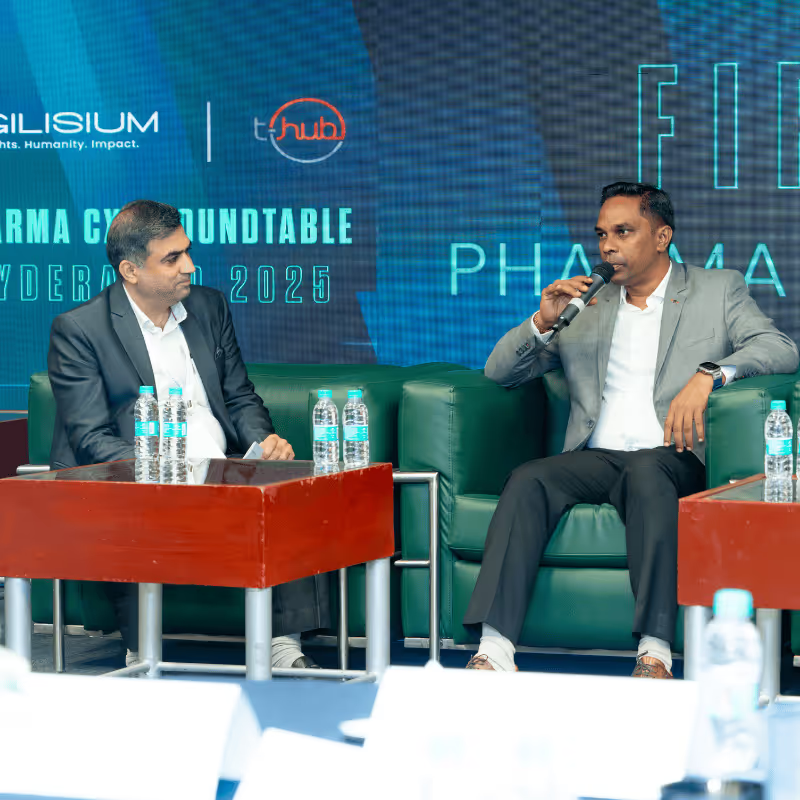


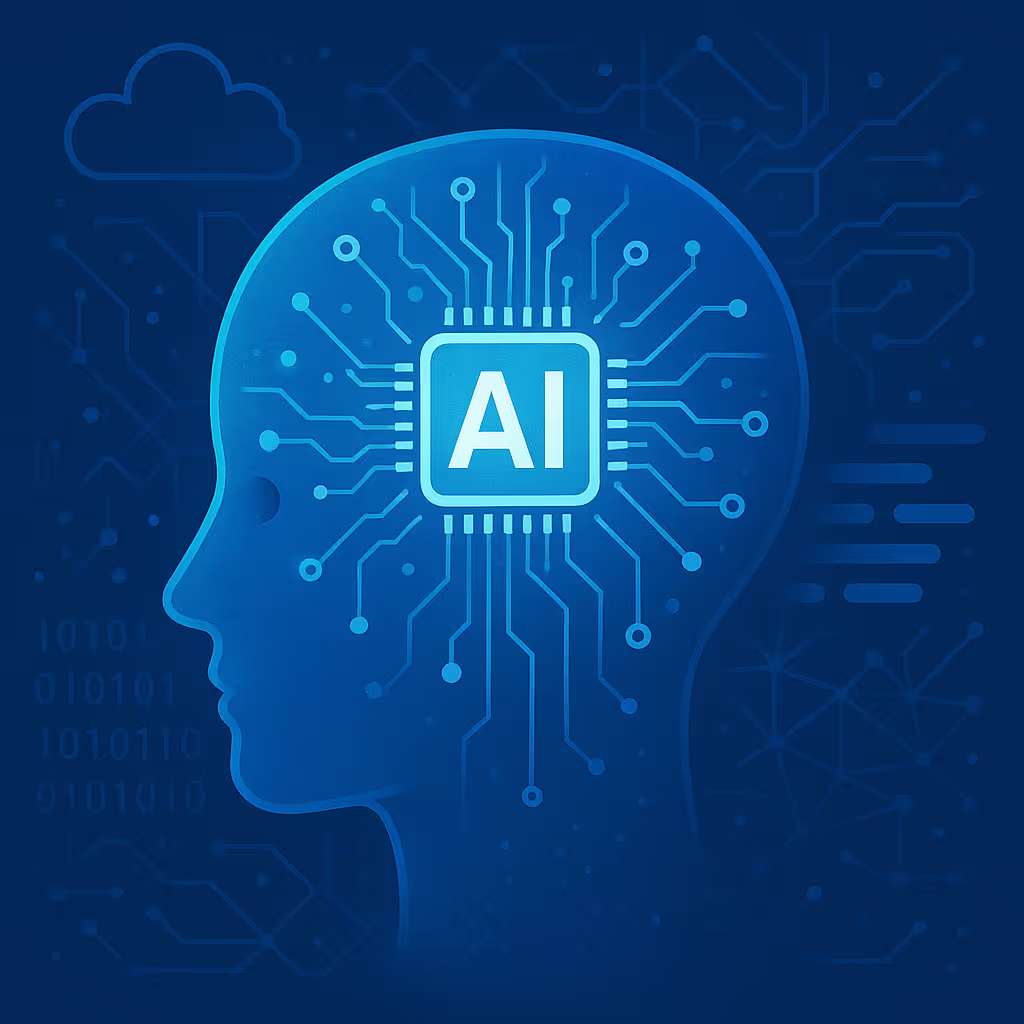


%20(7).avif)
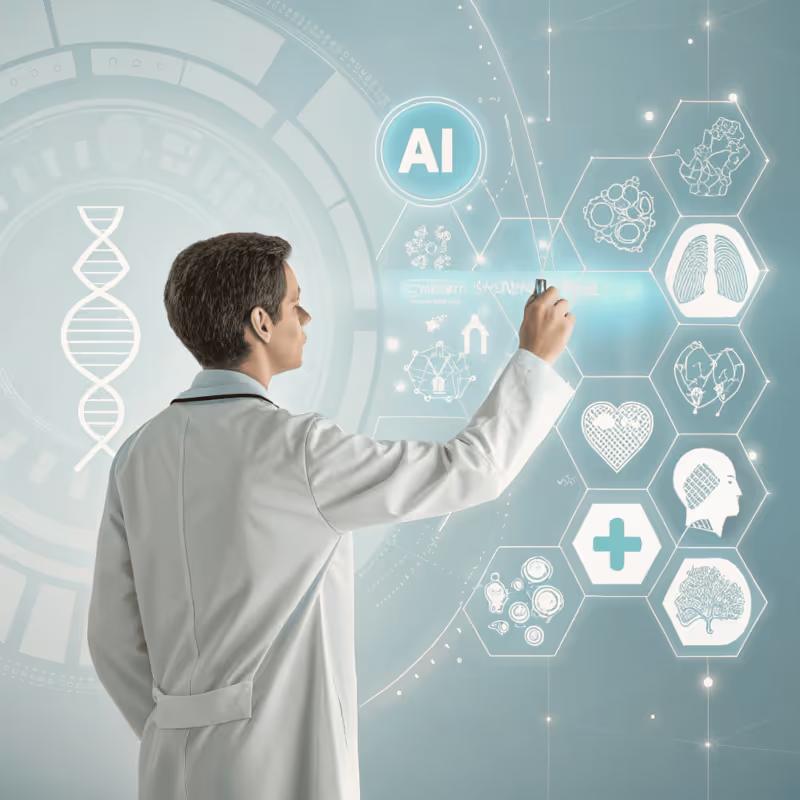



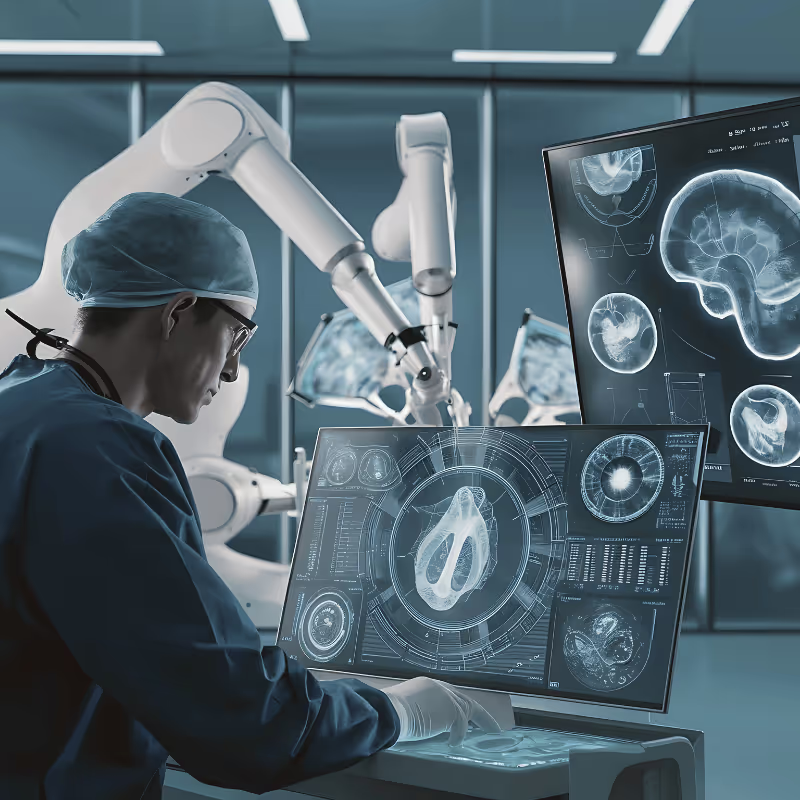
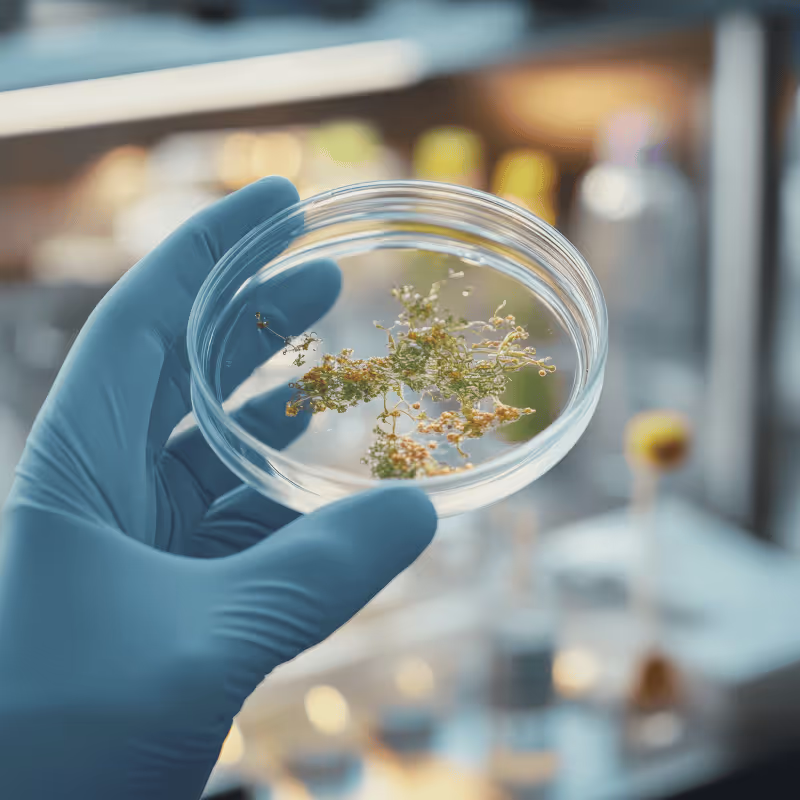





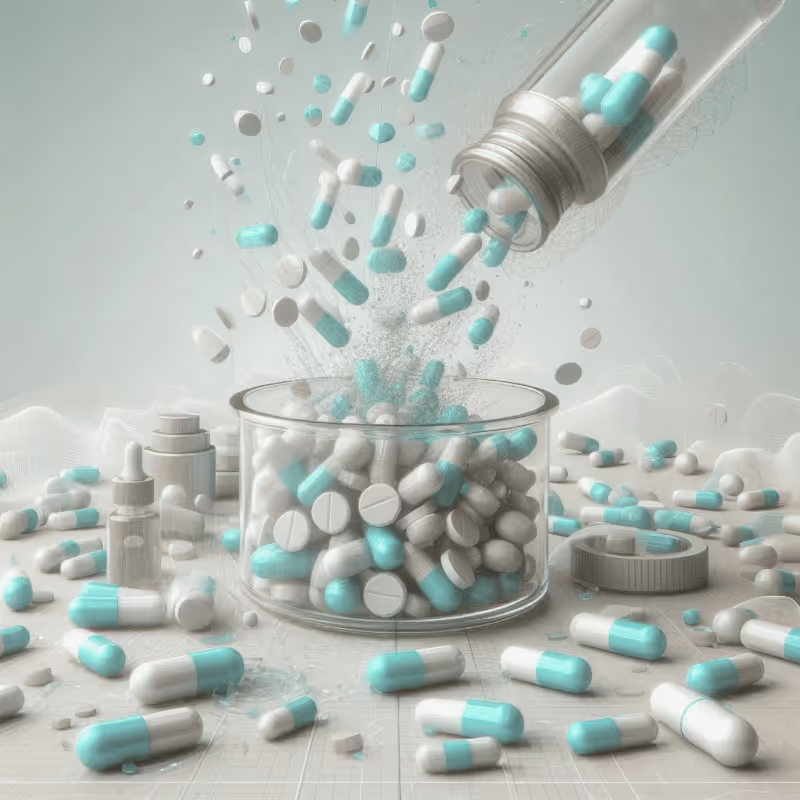
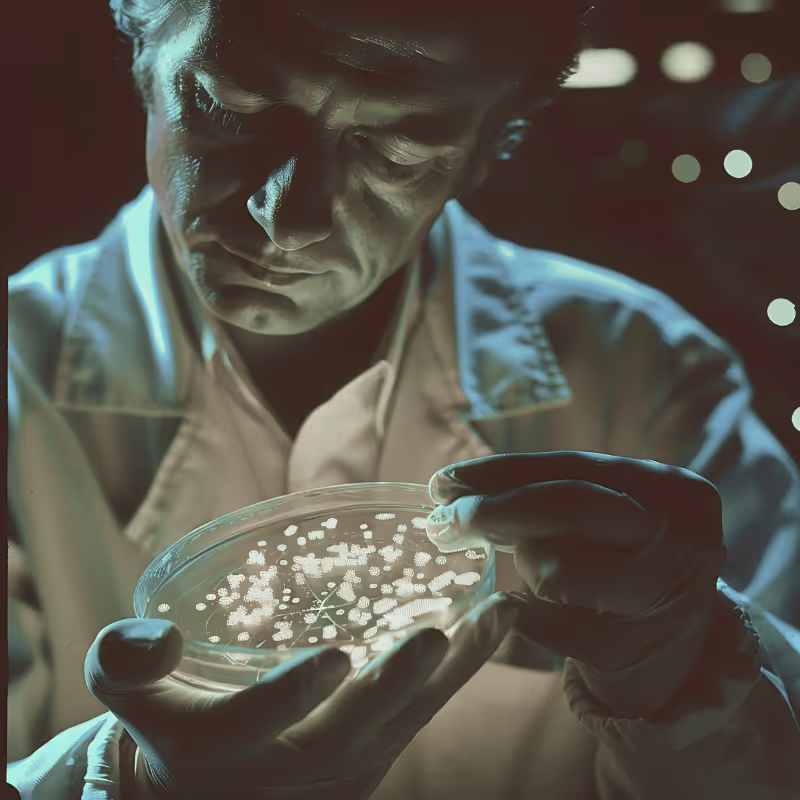
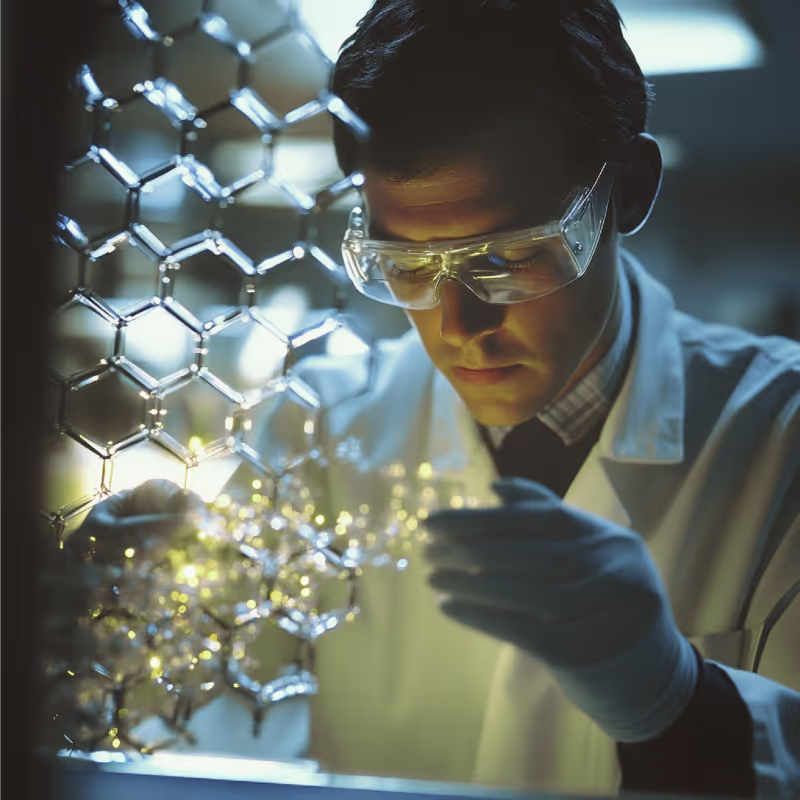
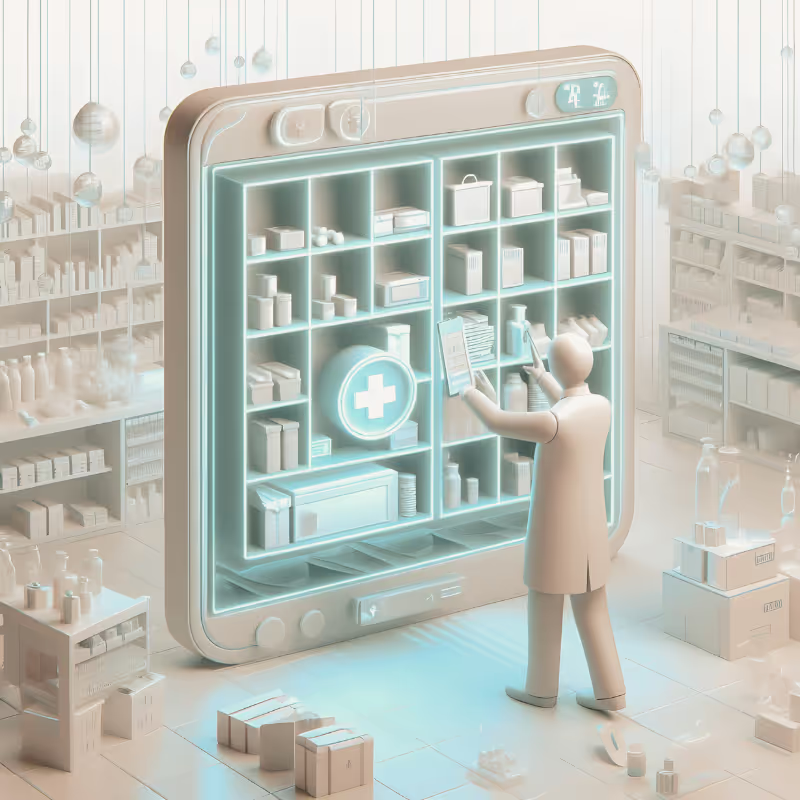




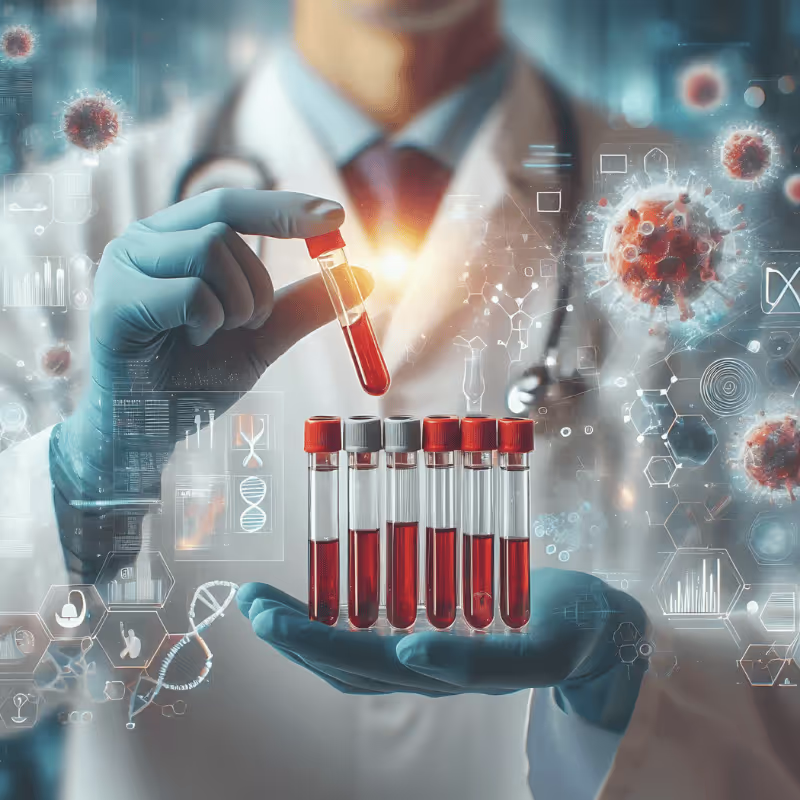

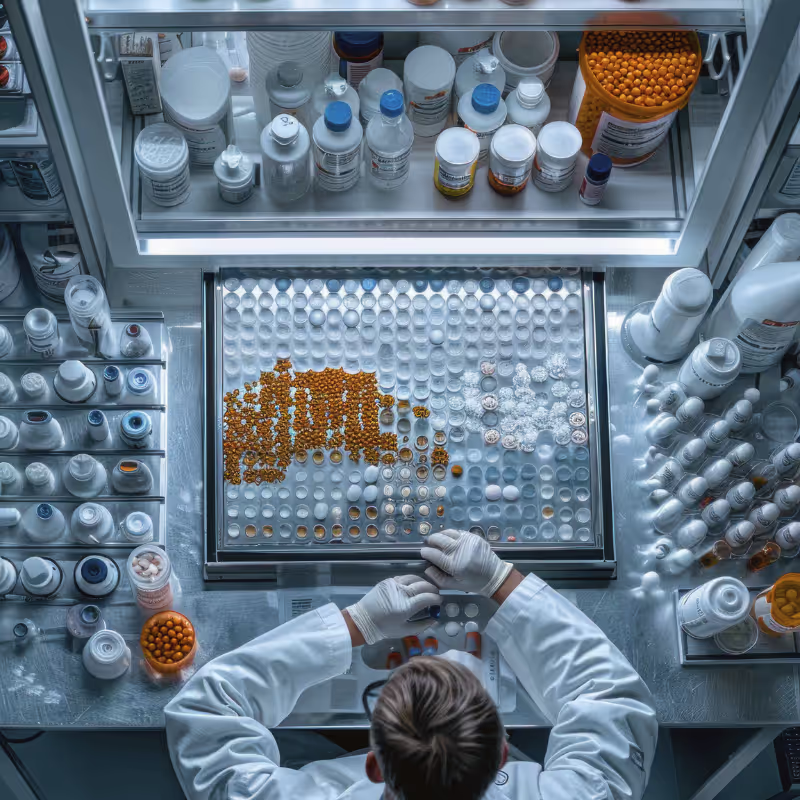
%20(5).avif)
.avif)


